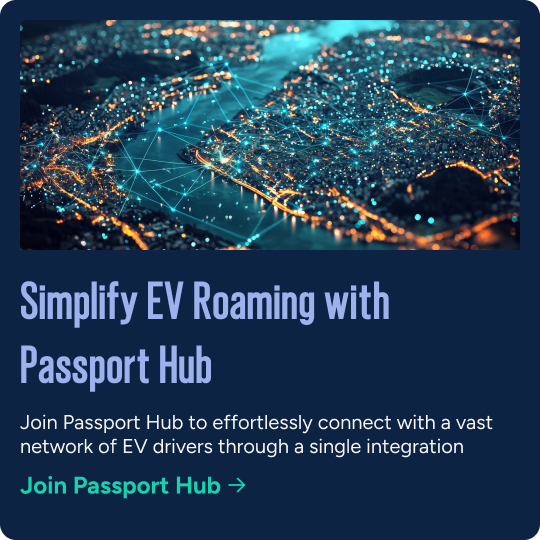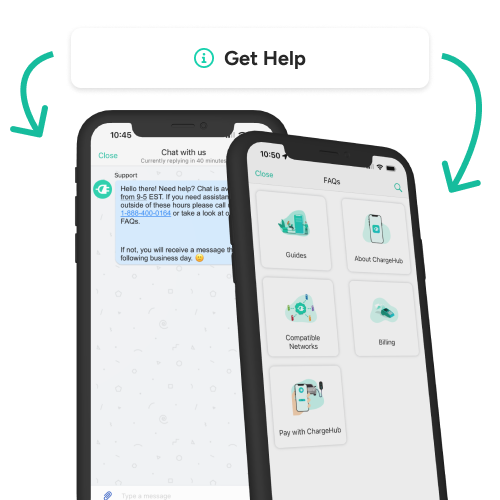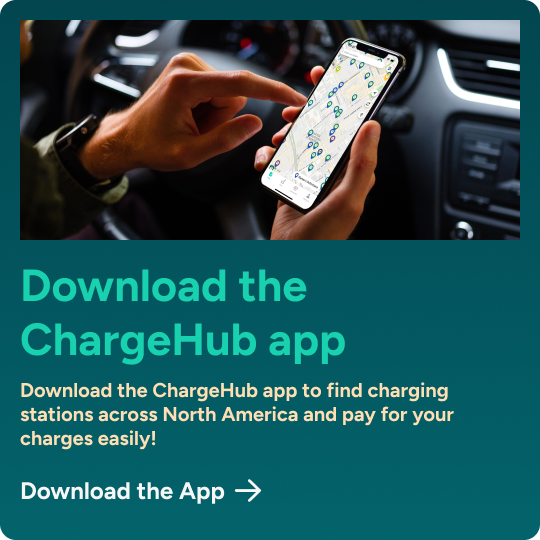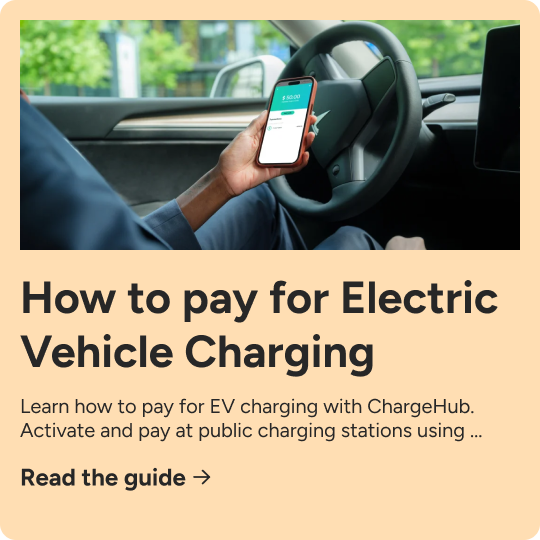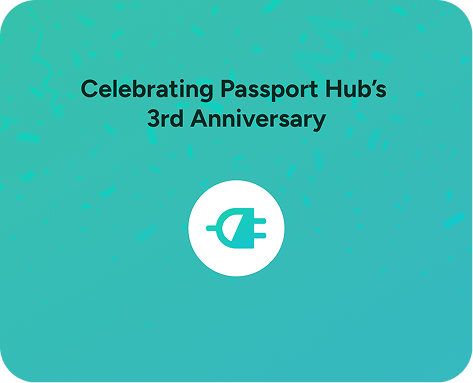Despite its popularity in the popular discourse, Plug & Charge is still a relatively limited activation method when compared to the two other main charging activation methods, RFID cards/fobs and remote starts. There are only a handful of EV models, charging station models and CPOs currently supporting it, whereas virtually every station supports app starts, whether through the network’s own app or a third party one.
This can be explained by Plug & Charge being at the intersection of a number of key EV industry segments (EV OEMs, EMSPs, CPOs, charger OEMs and roaming hubs), and therefore requires a lot more collaboration when compared with remote start (the most popular activation method). There are hardware requirements on top of the usual software ones, and many companies are still forming the necessary partnerships to try out the solution.
As mentioned earlier, ISO 15118 is a very robust standard, but this comes with the cost of it being a fairly cumbersome and complicated technology to implement. The PKI required can only be issued by a certified entity, and the certification represents a major financial investment, prohibiting many potentially interested actors to get involved directly.
Another barrier to mass adoption of Plug & Charge is that it is deeply linked to eRoaming, which itself is not yet ubiquitous. While the electric vehicle is used as the authentication method, the EMSP it uses can still only activate the charge points it has access to, and if the EMSP in question has limited eRoaming capacities, its drivers will either have to rely on another activation and payment method for non-roamable stations, or greatly restrict their available charging options. It is therefore key that companies interested in Plug & Charge also carefully consider how they approach eRoaming. A hub approach is often the most convenient and scalable solution.
If the EMSP [...] has limited eRoaming capacities, its drivers will [...] have to rely on another activation and payment method for non-roamable stations.


